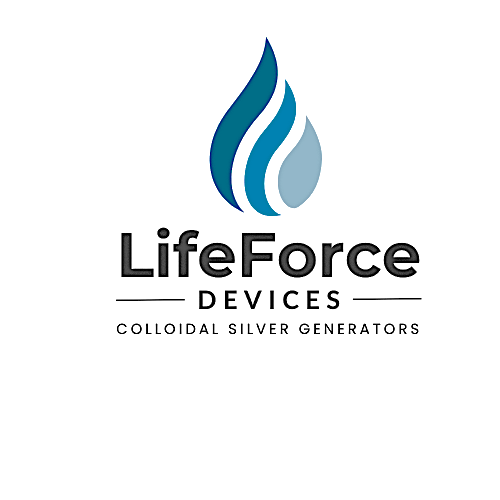 Loading... Please wait...
Loading... Please wait...
Recent Posts
- » The impossibility of silver ions present making colloidal silver with only distilled water and silver wire
- » more information on tds water testers, particle size, using thicker wire gauges
- » why no bubbler and the effect on particle size
- » rust collored stuff on the positive rod and bottom of container
- » more about "nano-particle" machines and particle size range versus all very tiny particles
Categories
- Home
- Educational Blog
- The impossibility of silver ions present making colloidal silver with only distilled water and silver wire
The impossibility of silver ions present making colloidal silver with only distilled water and silver wire
Posted by Michael gilskey on 4th Dec 2018
Here is a recent exchange with a customer, where I demonstrate the impossibility of ionic silver present:
John
I thank you for your explanation of the chemistry of the "stuff" that forms on the wires during CS making. I have read many speculations of its nature, none reassuring. Yours seems authoritative. I am almost embarrassed to ask this, but, would Dr. Wittmer and Dr. Berry, my chemistry profs of 55 years ago be able to refute it? I make CS as a ministry for my church family and friends, and I want to be as right as possible about what I am doing, and what I tell them. It would be very reassuring to know that there is no ionic silver in my product. Thanks very much for your help.
John, I was educated at the university level in chemistry and I think my analysis is correct.
First of all remember in chemistry that all aqueous solutions or suspensions must be electrically neutral. If there are positive ions present, then there must be a balance of negative ions present.Therefore, there cannot be any silver ions, (Ag+) by themselves in the water. Also, because there is only silver and water in the reaction, the only possible ions available are Ag+ (silver ion), OH- (hydroxyl ion), H+ (hydronium ion) and O-- (oxygen ion).
The only silver compounds that can be made from these are AgOH (silver hydroxide) and Ag2O (silver oxide). Both of these compounds are insoluble: silver hydroxide is brown and is produced at the positive electrode and silver oxide is black and produced at the negative terminal.
Therefore, again, there cannot be any silver ions present, as all the silver ions are reacted.
As explained in my Educational Blog, colloidal silver particles and also, silver ions are expelled from the positive electrode. The silver ions immediately react with the hydroxyl ions (OH-) present to form the insoluble compound silver hydroxide. Remember, when you pass an electric current through water it causes electrolysis of the water breaking it down into ions.
The H+ ions pick up free electrons present due to the electrical current and form diatomic hydrogen (H2), which bubbles out near the negative electrode. Excess negatively charged OH- (hydroxyl ions) remain in the water surrounding the positively charged colloidal silver particles.This can be proven by the pH going from 7 to 10.5 or 11. Also, the charges of the colloidal silver particles and the remaining hydroxyl ions balance, so the suspension is electrically neutral.
Finally, when storing the freshly made colloidal silver, over a period of 2 weeks to a month, the pH drops back to 7 and a little brown silver hydroxide is found on the bottom of the container.This indicates that the charged colloidal silver particles eject a silver ion (Ag+) from time to time, which immediately reacts with the hydroxyl ions (OH-) surrounding them and forms silver hydroxide which falls to the bottom of the container.This is a small fraction of the silver present, so the remaining suspension still has 98 to 99% of the original suspended particles, they are just not charged any more.
Again a link to my Educational Blog:http://lifeforcecolloidalsilver.com/blog/the-chemistry-of-making-colloidal-silver/
Most of what I have read on other sites does not explain the Chemistry, as I have done, which shows there is no possible way that a colloidal silver generator using only distilled water can produce silver ions in solution.
Mike
